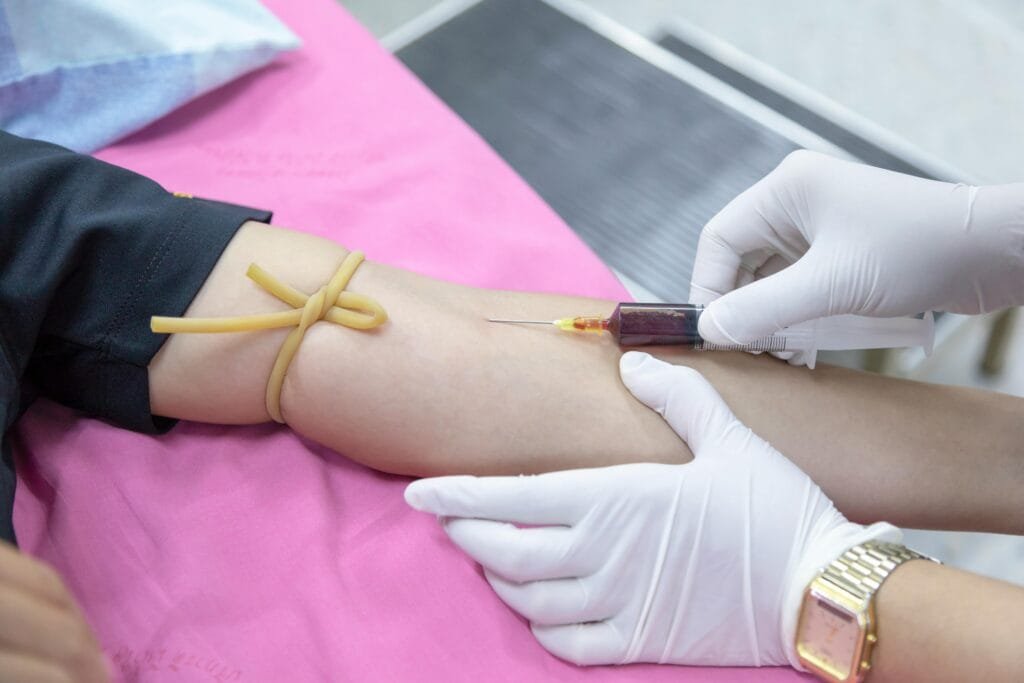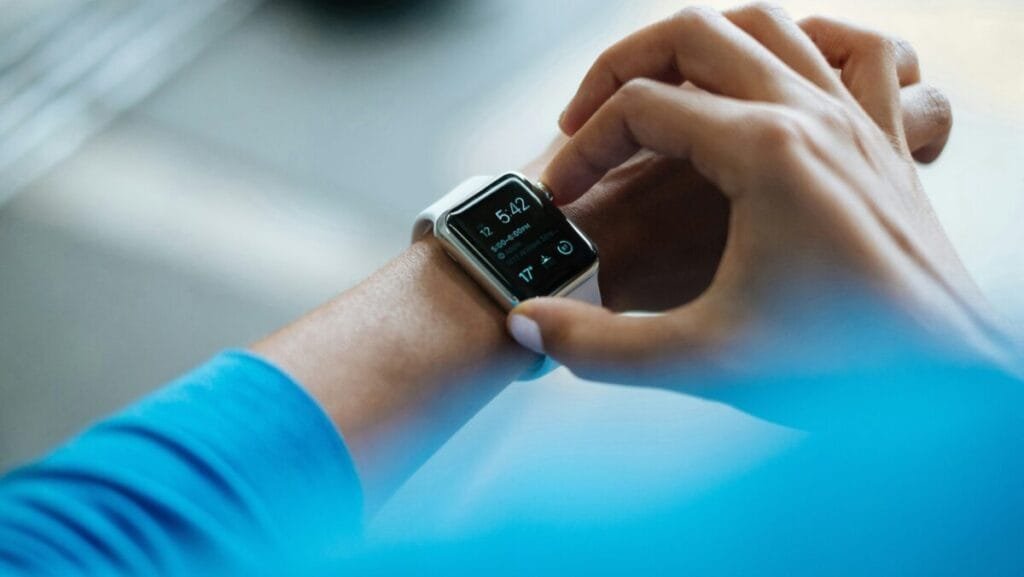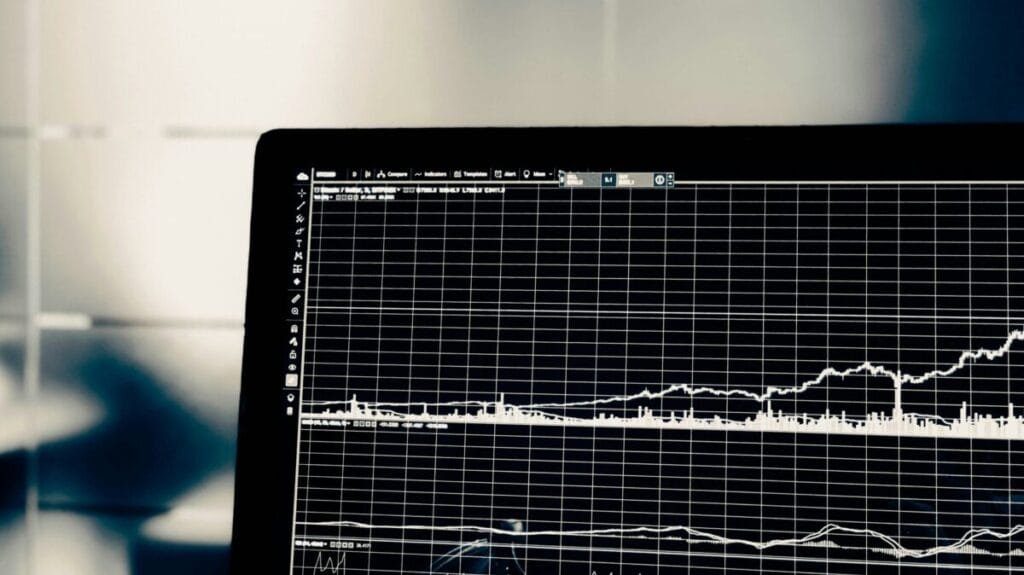Infrared Vein Viewers: Revolutionizing Vascular Access with Precision and Ease
Infrared vein viewers are transforming the way healthcare providers approach vascular access, offering an effective, reliable tool that makes locating veins significantly easier. For patients with challenging venous access—such as infants, individuals with edema, or those with darker skin tones—this technology reduces the need for multiple attempts, bringing a new level of comfort to procedures like IV placement and venipuncture. By reducing the first-attempt failure rate by up to 77.5% and lowering infiltration rates by 61.4%, infrared vein viewers stand out as a game-changer in patient care.
Also Read about Saccharomyces Boulardii Benefits
The Science Behind Infrared Vein Viewer Technology
Infrared vein viewers use near-infrared light to illuminate superficial and subcutaneous veins. The device projects a real-time, high-contrast image of the vein structures onto the skin, allowing healthcare providers to view veins more accurately and clearly than with the naked eye. With wavelengths of 850nm and 940nm, this light penetrates the skin and highlights veins, making it easy to locate and assess them. The optimal imaging distance, approximately 210 mm, ensures a detailed and clear view of the veins, with a resolution of 856 x 480 pixels for enhanced accuracy.

A Solution for Diverse Patient Needs
The versatility of infrared vein viewers makes them ideal for a wide range of patients, each with unique needs and challenges:
Pediatric Patients: Small veins in infants and young children can be difficult to locate, often requiring multiple attempts. Infrared vein viewers make it easier to find veins on the first attempt, improving accuracy and comfort.
Patients with Edema or Higher Body Fat: Edema or excess body fat can obscure veins, making traditional methods challenging. This device enables efficient vein visualization, allowing for faster, less invasive vascular access.
Darker Skin Tones: Skin pigmentation can limit vein visibility, but infrared technology penetrates deeper layers to project a clear, accurate image.
Older Adults: Aging often brings fragile veins and reduced vein visibility, increasing the risk of unsuccessful venipuncture. Infrared vein viewers provide a more accurate view, helping to ensure a successful procedure with minimal discomfort.
Also Read what benefits you can get from Vitamin D
Practical Applications in Medical Settings
Infrared vein viewers are remarkably adaptable and serve various purposes in clinical environments, enhancing efficiency in several key areas:
Quick Vein Identification: Infrared imaging allows rapid identification of target veins, saving time and reducing stress for both the patient and the healthcare provider.
Venipuncture Guidance: With a clear view of the veins, healthcare providers can position needles with improved accuracy, minimizing discomfort and reducing the likelihood of complications.
Vein Condition Evaluation: These devices allow for the assessment of vein filling and overall vein health, offering insights into patient hydration levels and vascular condition.
Aesthetic and Cosmetic Procedures: In cosmetic applications, avoiding superficial veins is crucial. Infrared vein viewers assist in identifying and avoiding veins, improving the safety and outcome of aesthetic procedures.
Treatment of Feeder Veins: For treatments involving feeder veins, such as varicose vein procedures, infrared technology makes feeder veins more visible, supporting thorough and effective treatment.
Also Read about clostridium butyricum probiotic supplement
Ease of Use and Enhanced Mobility
Designed with convenience in mind, infrared vein viewers are lightweight (around 370 grams) and compact, making them easy to handle in busy medical settings. Adjustable brightness levels allow customization for various lighting conditions, which is particularly useful in different clinical environments. The device can be powered by a rechargeable lithium battery or an AC power source, providing flexibility for mobile or stationary use.
Improving Patient Experience with Infrared Vein Viewers
For patients, vein access procedures are often a source of anxiety, especially if they have previously experienced multiple attempts to locate a vein. Infrared vein viewers make these procedures more efficient and less distressing, enabling a smoother experience. By reducing the trial-and-error process associated with traditional vein-finding methods, they help ensure a more compassionate approach to patient care. Additionally, nurses and clinical staff can confidently perform venipuncture procedures, knowing they have the advantage of infrared imaging to guide them.
Conclusion: Raising Standards in Vascular Access
Infrared vein viewers represent a significant advancement in healthcare, offering a solution that is both efficient and patient-centered. By reducing failure rates on first attempts and improving vein visibility across diverse patient populations, this technology sets a new standard for vascular access. For both patients and healthcare providers, infrared vein viewers bring the potential for streamlined procedures, heightened accuracy, and improved outcomes in patient care.
If you have not used vein finder, now it is time to try. A Detailed study of vein finder technology: Infrared vein visualisation devices for ease of intravenous access in children: hope versus hype




